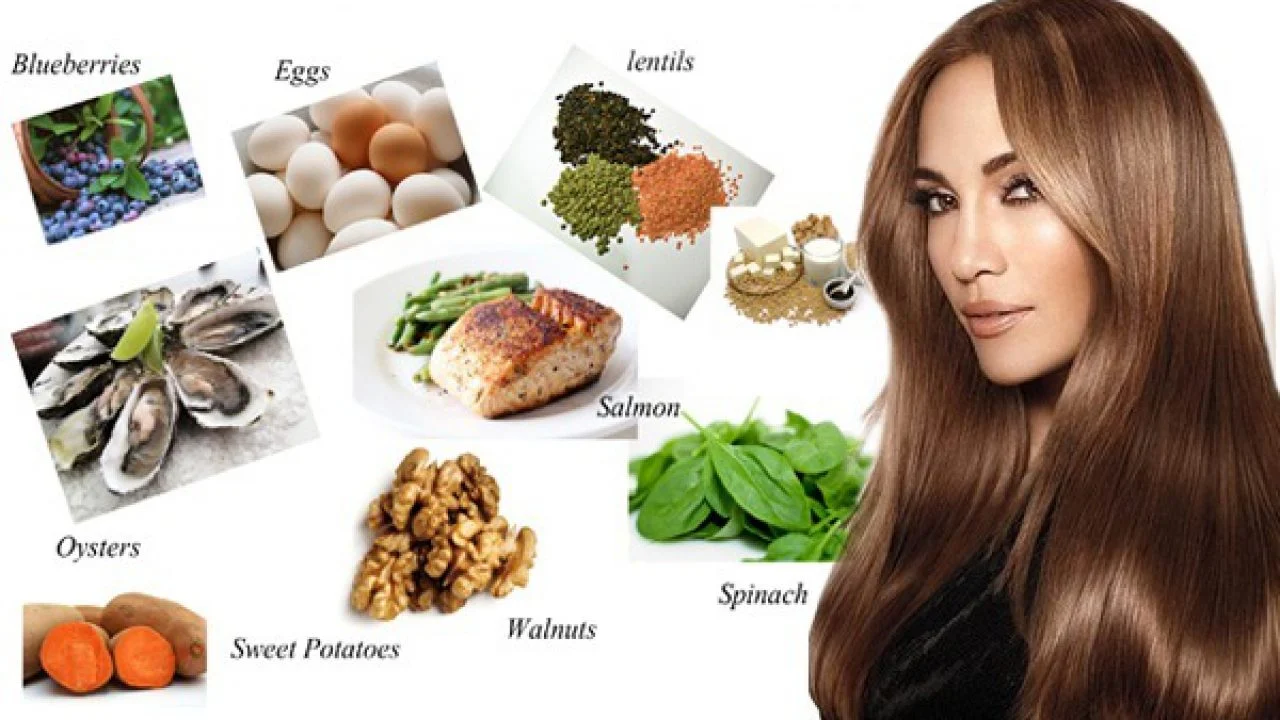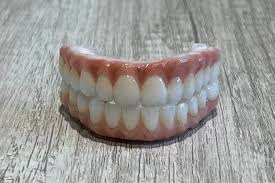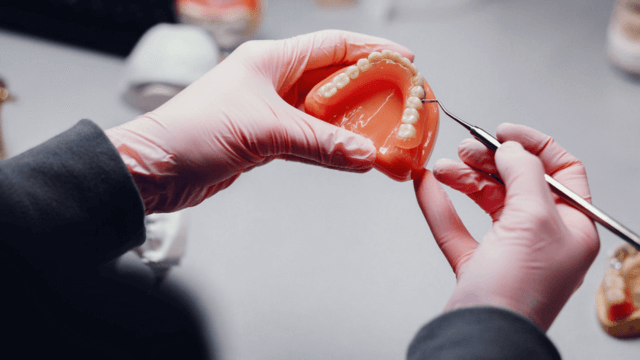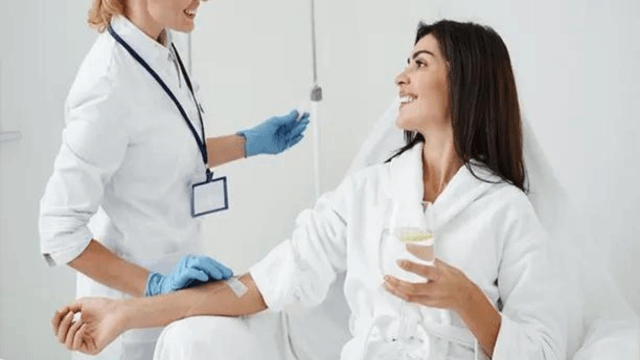Alternatives to Minoxidil for Hair Loss Treatment

Hair loss is a common issue affecting millions of people worldwide. While minoxidil is one of the most widely used treatments for hair loss, especially in cases of androgenetic alopecia, not everyone may respond well to it or may experience side effects. Fortunately, there are several alternative treatments available that can also help to promote hair growth or reduce hair loss. This article explores some of the most effective alternatives to minoxidil.
1. Finasteride
Finasteride is primarily used as a treatment for male pattern baldness. It works by inhibiting the enzyme 5-alpha-reductase, which is involved in converting testosterone to dihydrotestosterone (DHT). DHT is a key factor in the development of androgenetic alopecia. Finasteride is typically taken orally and requires a prescription. It is important to note that finasteride is not usually recommended for use by women.
2. Low-Level Laser Therapy (LLLT)
Low-level laser therapy uses laser light to stimulate cell growth and revitalize hair follicles. It is believed to enhance blood flow to the scalp and encourage hair growth by extending the growth phase of the hair cycle. LLLT devices come in various forms, including combs, helmets, and caps. This treatment is non-invasive and can be used at home.
3. Platelet-Rich Plasma (PRP) Therapy
PRP therapy involves drawing a patient’s blood, processing it to enrich for platelets, and then injecting it into the scalp. The platelets release growth factors that help to heal tissues and stimulate the hair follicles. PRP therapy requires several sessions and is often considered by those looking for a non-surgical approach to hair restoration.
4. Natural Remedies
Several natural remedies have been touted for hair growth, although evidence of their effectiveness varies:
- Saw Palmetto: Believed to block DHT, similar to finasteride.
- Pumpkin Seed Oil: Some studies suggest it may help in treating hair loss.
- Essential Oils (like rosemary and peppermint): These oils may stimulate hair growth through increased blood circulation when applied topically.
5. Hair Transplant Surgery
For those looking for a more permanent solution, hair transplant surgery might be an option. This procedure involves moving hair from parts of the scalp with active hair growth to areas that are thinning or bald. It’s a more invasive treatment but offers long-lasting results.
6. Lifestyle Changes
Improving diet, managing stress, and ensuring adequate sleep are critical elements that can influence hair health. Nutrients like iron, vitamin D, and protein are essential for hair growth. Additionally, avoiding harsh hair treatments and minimizing stress through techniques like meditation or yoga can also help maintain healthy hair.
7. Corticosteroid Treatments
In cases of hair loss due to autoimmune conditions, such as alopecia areata, corticosteroids may be prescribed. These can be administered as injections into the scalp, topical solutions, or oral medications to suppress the immune response causing hair loss.
Conclusion
While minoxidil is a popular and effective treatment for hair loss, there are many alternatives that may be better suited for some individuals, depending on the cause and extent of their hair loss. It is essential to consult with a healthcare provider to determine the most appropriate treatment for your specific condition. Each alternative comes with its own set of potential benefits and risks, and a tailored approach can often yield the best results.






